Whenever we gather new information from testing our innovations I always start re-thinking the whole process from A to Z.
Several days and nights of thought and discussion led to the following ideas:
- A rubber track with steel knobs instead of steel blades
The steel track we used for the 1st generation SnowKart was heavy, noisy, and potentially dangerous. A kevlar reinforced rubber track would be a much safer option.
Our requirements for snow track included:
- Lightweight
- Reasonable pitch size relevant to sprocket and roller diameter
- Sprocket tooth size large enough to guarantee no slipping
- Sprocket with tooth and pitch ideal for friction-free and silent involute
- Proper knob geometry for various types of snow and ice
- Safe rubber knobs
- Capable of required traction force
- Proper surface area for powder snow
- Lateral stiffness
- Secure guides to keep the track in the rail
- Track width relevant to the hub motor design (width criteria was affected by our SnowBike idea later on)
We needed the rubber track to be manufacturable and commercially viable, so we began looking for a track manufacturer that could provide a track close to our requirements. We negotiated with 3 manufacturers about 4 track designs to see if it was possible to customize an existing track mold to meet our needs. The result was a track with a 123mm width, 55 links and a 37mm pitch.
- Rollers instead of sliders in the track system
Our original SnowKart design, like almost all snowmobiles, used a polymer sliding rail over steel clips and a rubber track. Having the right geometry to add steel clips and sprocket holes to a rubber track and keep the track laterally stable was a big challenge.
When choosing between rollers and a slider there were many things to consider. On one hand rollers would add more moving parts in comparison to a stationary slider; on the other hand, they would require less maintenance, be more reliable and reduce friction. The difficulty we were having accommodating the steel clips while maintaining lateral track stability made the rollers the best choice.


- Individual hub motors instead of a rigid axle and central motor
Using individual hub motors rather than a rigid axle and central motor was the core idea of the upgrade. Eliminating the transmission and rigid axle would bring safety, reliability, lighter weight, and more flexibility to the chassis and suspension design.
We already knew the amount of power, torque, and speed required to have a fun snow machine. We just needed to split it into two, one for each track. We decided to use the technology we currently sell so we could provide aftersales service to the customers that would eventually purchase this product. The challenge was finding the right motor and customizing that motor to the application.
The motor we chose was a BLDC geared hub motor. Because we had sprocket size and weight limitations the motor could not be too large in diameter. We also required over 1000W of power plus 120Nm of torque per track. The simple answer to all these needs was a geared hub motor. We selected 48V 25A controller systems with a max power of 1200W per motor which makes our SnowKart a 2400W machine. Each BLDC motor has a separate controller which share a display interface and throttle. Each motor can use a separate brake switch for regenerative braking which brings another dimension to each track’s individual control.
- Motor and battery sizing
Since our plan was to commercialize this product it was important to consider the cost of each component. We could have used a larger battery pack to provide a higher range and more power but we were concerned it would mean the price of the product would be unaffordable. What we needed to do was reduce the size of the battery packs to 2x ENVO eBike standard battery packs capable of 3000W of power and 1680Wh of energy capacity. Doing so would provide 2 hours of ride cruising at full speed using 2x 1200W motors.
Using eBike standard batteries would make the SnowKart cost-effective and easy to maintain and replace.
- Suspended tracks instead of a rigid frame
The 1st generation SnowKart had an instability and vibration issue when riding on though rough icy snow. Like a trike it had 2 tracks in the back and 1 ski in the front. We needed to provide a pitch degree of freedom for each track to ensure the tracks and ski would be aligned with the road texture and function well over pits and bumps.
- Customizable aluminum tube/clamp construction instead of steel welded frame
When demonstrating the 1st generation SnowKart to various potential users we received a lot of feedback. Some of the suggestions included creating a smaller version for kids, a 2 seater version, adding a cargo deck, adding a second ski in front, and most importantly creating an adaptable snow mobility solution for wheelchair users or people with disabilities.
Although this is a new product idea we can see that there is a big opportunity to expand our initial design to fit various applications such as the ones our users outlined. Making the SnowKart customizable to meet various needs would position it as an even more desirable kick-starter.
With this in mind, we decided to put aside the welded frame concept and take advantage of a customizable frame design.
The only commercially available technic to build customizable light vehicle frames was a T-slot aluminum extrusion profile. We knew that these frames wouldn’t be ideal for a maneuverable vehicle like the SnowKart.

Just like a bicycle using circular section tubes would make more sense, however; we felt the welded joints should be substituted with clamp fasteners. After conducting extensive research we realized that these custom clamps were not available off-the-shelf and that we would need to create them in-house.
Frame Geometry
The flat H shaped frame proved to be a good minimal frame design for the vehicle. The aluminum tube's bore and thickness size was calculated to accommodate the most severe loading scenarios like 150kg rider and 4g jumping acceleration.
Now we needed to design a clamping system capable of handling high torsion and bending stress so we designed custom cross and parallel clamps.

They required a FEM stress analysis to prove whether the material selection and design were capable of the different loading scenarios. The clamps friction grip with tubes also proved to be an engineering challenge. Bolt clamping force needs to be quite high to provide enough friction force between clamp and tube to prevent torsional slip in severe loading scenarios which adds to the clamp design complexity and material strength.

As a result, main tubes selected to be off-the shelf 1 ¼” bore x 1/8” (32x3mm) wall thickness Aluminum 6061 grade and clamps required to be 7075 with high tensile strength of over 500Mpa
After the development of the 1st generation SnowKart, another version has been developed and tested to see how it would perform in real-life conditions. The product had been tested at different locations throughout the Lower Mainland with 10cm- 30cm of snow on uneven surfaces. After many extensive testing and development, the 2nd generation of the Electric SnowKart is here!


The first test was held at Cypress Mountain and the performance of the 2nd generation exceeded our expectations. We thought that the product might face more issues but the test went well and was so much fun! The 2nd generation SnowKart had excellent stability and climbed on stacks of snow with ease in comparison to the 1stgeneration.

The only problem we had during the testing was that the SnowKart got stuck in the bushes needed to be pulled out manually. Because of this we decided to add a reverse function to the product that can be implemented using the controller system.
Electric Snow Kart 2nd Generation:
The 1st generation SnowKart had a fixed welded steel tube frame and a gas engine that made the whole product very heavy. To reduce the weight we decided to go for an aluminum tube paired with our newly developed clamps. As mentioned earlier we said goodbye to the gas engine and hello to our new all-electric geared hub motors!


We used a rubber track with V-shaped spikes ensure good traction in the snow.
The major material used to develop the snow kart is aluminum. So the weight entire product is much lighter than its predecessor without compromising its strength. There are some structural changes that have been done to simplify the SnowKart and improve the appearance as well. The main structural change is in the track system.

The sprocket, which is now made from polyethylene, attaches to the electric motor and engages with the belt.

We also changed the size and material of the guide rollers. Initially we tested the SnowKart with PU guide rollers but they had high friction with the rubber belt which meant it required more power to function and the range was reduced. We decide to replace it with a polyethylene guide rollers to ensure the belt slides easily increasing the efficiency of the module.

The SnowKart now operates using 2 motors, each with 48V, 750W, and a peak torque of 100Nm. The is power directly transferred to the snow track through the sprocket so there is no transmission loss.
During the testing we measured the following parameters:

We tested the SnowKart in all possible conditions and after a year of experimentation and development, we are excited to launch the product onto the market!

Important points that make this product significant to the market:
- Less weight
- Simple operating system
- Reverse function
- Great stability
- Customizable according to customer requirements







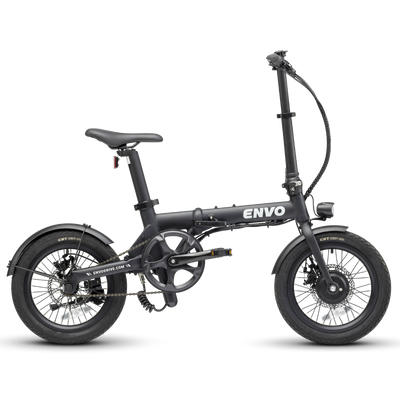

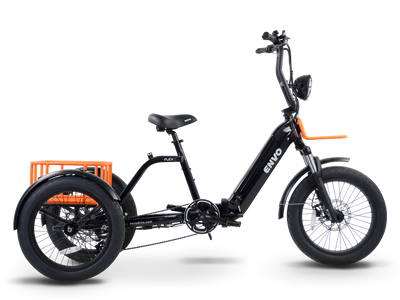
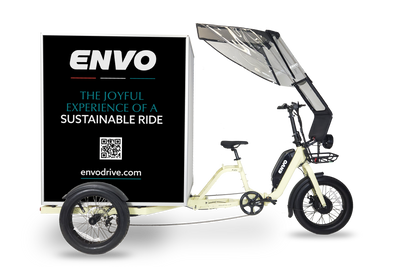


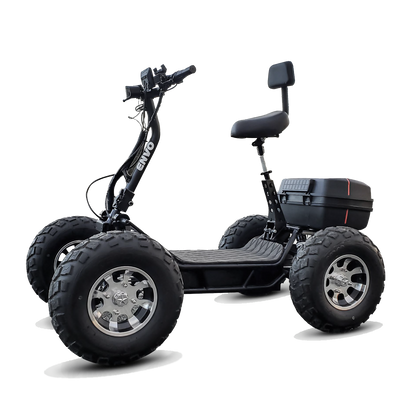
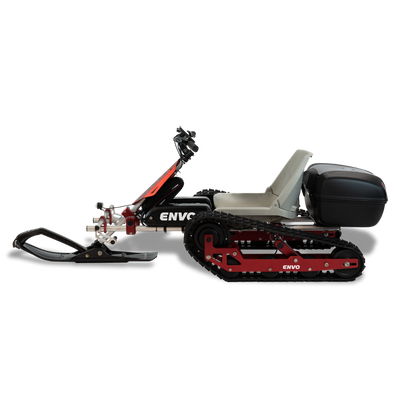
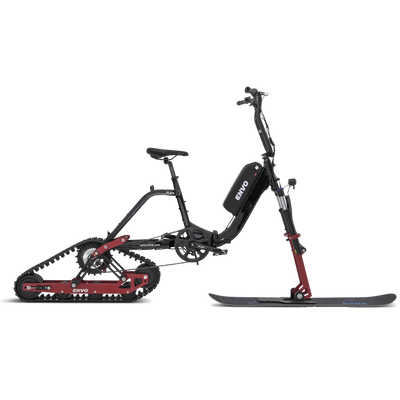

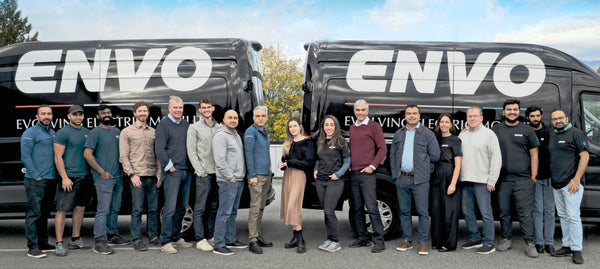
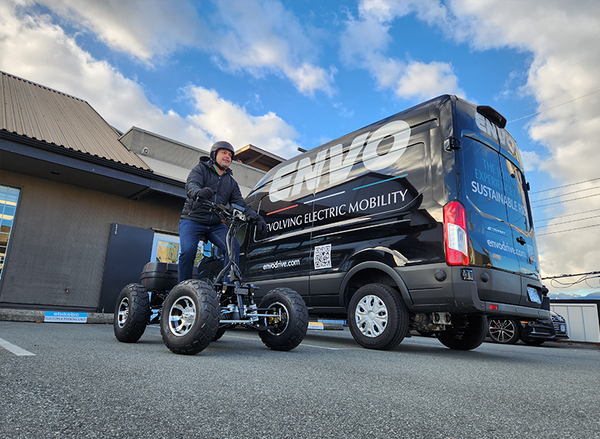
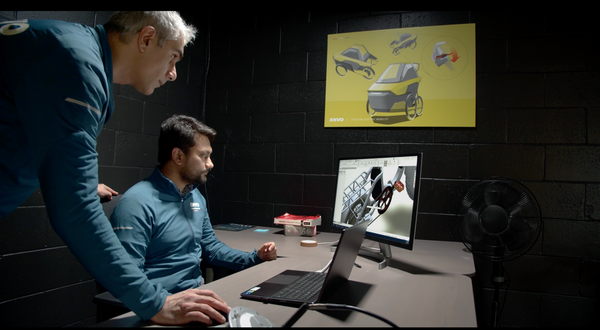
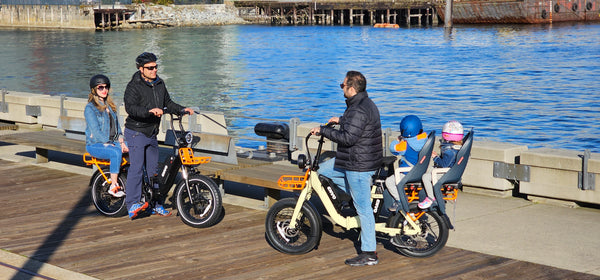
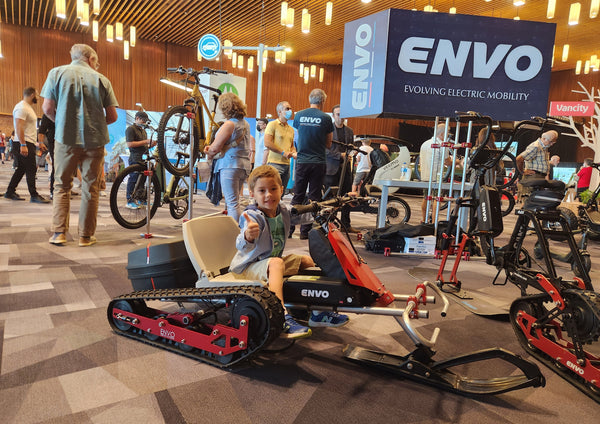

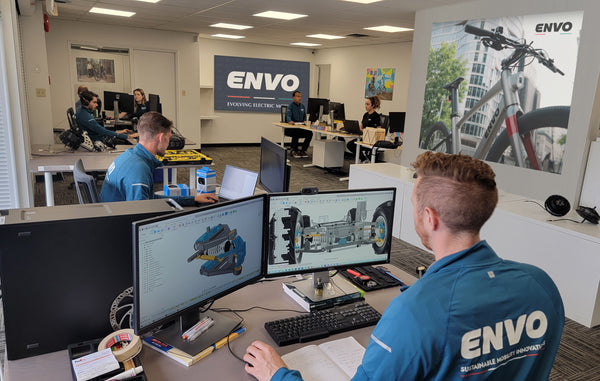
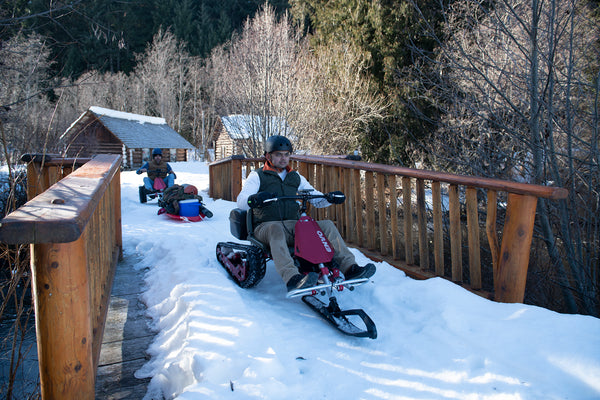
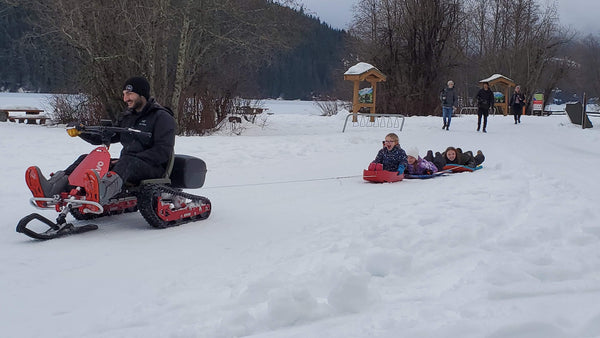

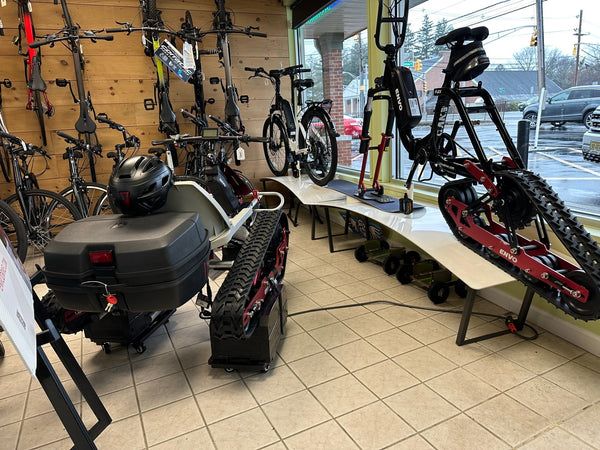
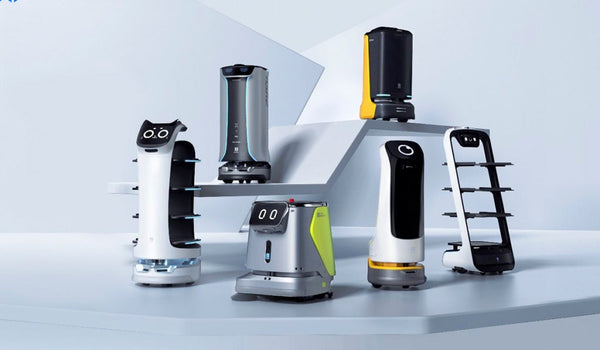
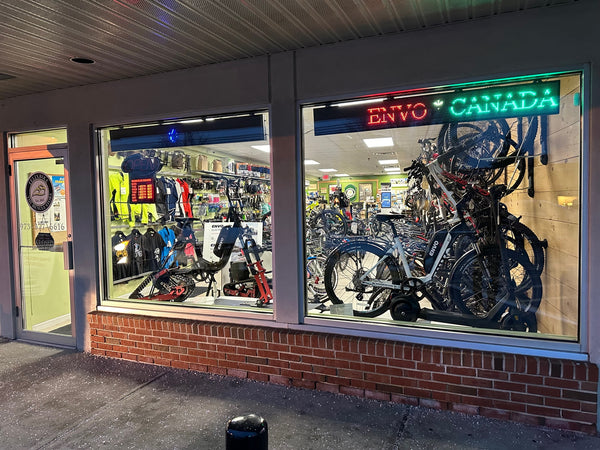
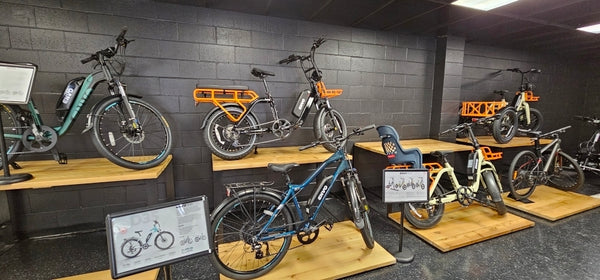
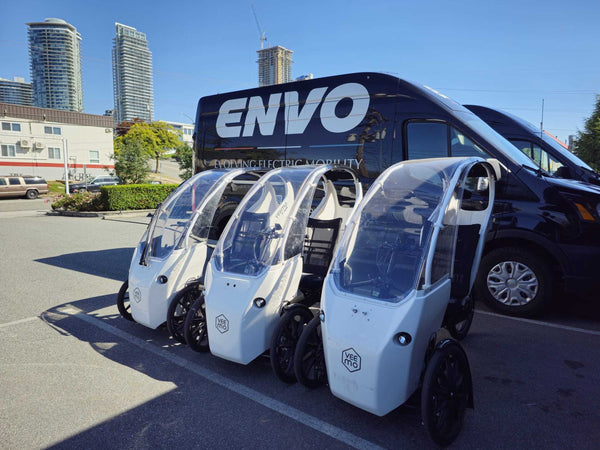









3 comments
wayne
If you make a two seater that can go 12-15mph, I’m all in. Keep me posted. I really like this but need two seats and would pay an extra $2K for a 2 seater.
If you make a two seater that can go 12-15mph, I’m all in. Keep me posted. I really like this but need two seats and would pay an extra $2K for a 2 seater.
Marketing
Several utilities and applications for this product are being developed by ENVO. Check back often for new products.
Several utilities and applications for this product are being developed by ENVO. Check back often for new products.
Dane Boykin
Can i see what the snowplow looks like on it please.. I live where it snows a lot an paying for snow removal is costly so this will save me money..
Can i see what the snowplow looks like on it please.. I live where it snows a lot an paying for snow removal is costly so this will save me money..